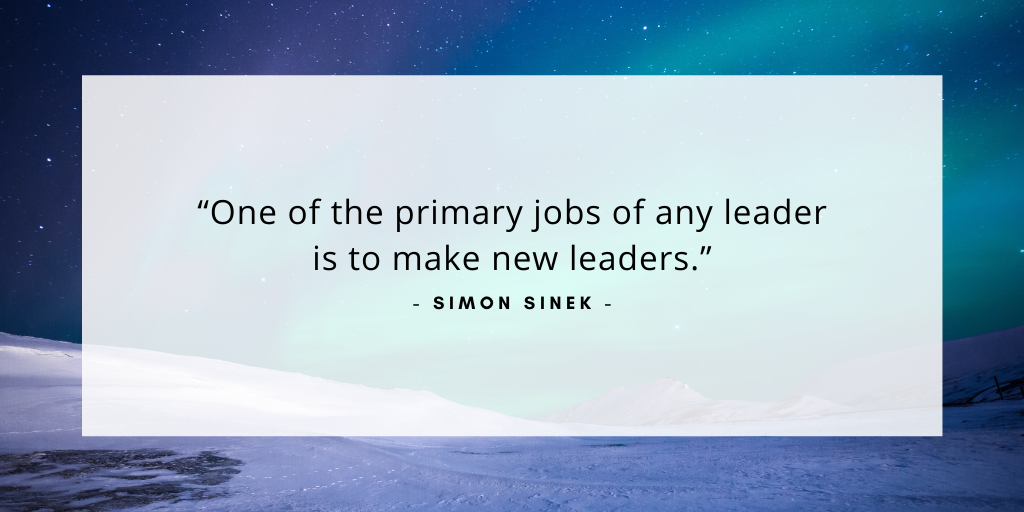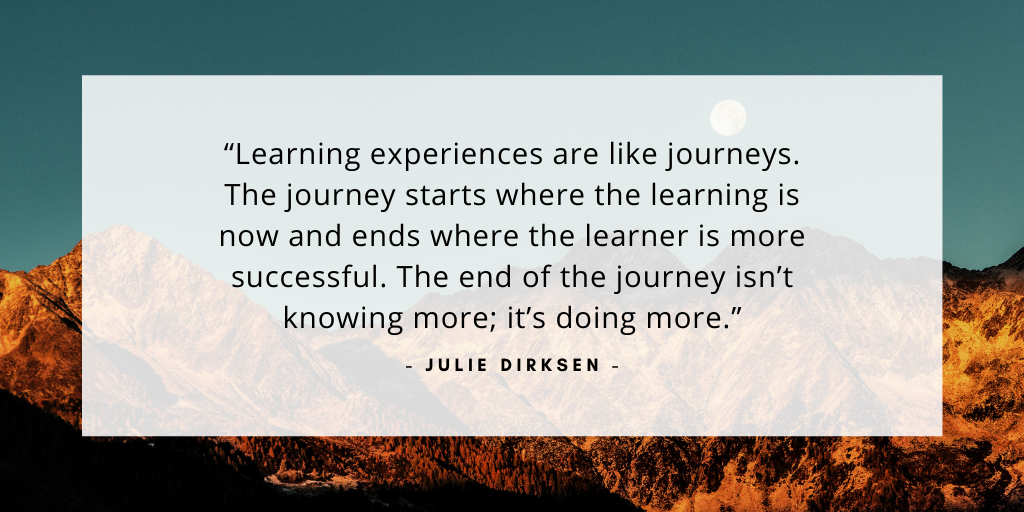As a first-time supervisor, I initially struggled to come up with fresh ideas for the professional development of my entry-level staff.
The first challenge was defining what “professional development” actually is. Each time a prospective employee asks about what professional development “looks like” at my institution, I sense that they are hoping for a robust national conference attendance budget — something that’s never been feasible, even before recent economic downturns.
Getting entry-level staff to see beyond conference attendance to other forms of professional development is easier said than done. The articles, blog posts, and webinar opportunities that I think are great opportunities simply aren’t as flashy as the chance to catch up with all your grad cohort over drinks at a hotel bar.
Professional development (aka PD) can exist in many forms, including the opportunities already mentioned, as well as collateral and/or collaborative assignments with colleagues in other offices, job shadowing or assisting higher-level student affairs administrative officers, and taking courses and engaging in certificate programs, whether they count toward degree completion and not.

As a supervisor, it’s my role to guide staff and encourage their participation in PD opportunities. But as an entry-level employee myself, I learned that PD can also be self-initiated and self-guided. Each employee will (and indeed should) be the most invested party in their own professional development.
As a supervisor, it’s important to encourage your staff to seek out the opportunity to be included on, and eventually develop programs and initiatives that interest them and that they feel passionately about. This drive can be particularly helpful with this crop of new professionals starting at the onset of a(nother) once-in-a-lifetime global financial recession. As costly PD is most likely out of reach for them, and perhaps those at your level also, creativity in this regard will be a valuable trait.
While in a conference session about self-guided student staff development, I began to think about taking this structure and applying it to professional staff PD. Like me, you might find your staff responding better to PD that is self-guided. The ability to choose one’s own topic, and to then also choose the way in which one engages around said topic allows is a refreshing change from the typical brown bag lunch series. You might consider one such plan that I employed successfully with my own staff:
Staff members choose a topic of their own interest related to the field of Student Affairs and engage in five related modes of learning over the course of the fall semester. At least three of the modes must be in written form, as mixing up the mode not only keeps it interesting, but tends to provide a good mix of storytelling (podcasts, movies, and TV) and hyper-focused research (articles and books). Learning modes can include, but are not limited to:
- Books
- Journal articles
- News stories
- Blog posts
- Personal interviews
- Movies, documentaries, and TV shows
- Podcasts
You should check in with staff members periodically during one-on-one meetings to see how their self-guided learning was going, (but also to subtly remind them to continue to work on this), and occasionally to suggest potential avenues to explore. Beginning in the spring semester, one or two staff members can schedule each week at staff meetings to give a 20- minute presentation on their topic to our staff team during meetings.
When I did this with my staff, the presentations were fantastic, with topics ranging from food insecurity to student-athlete compensation, former foster youth living on campus, and more.
In addition to benefiting from increasing our knowledge in topical areas that many of us were less familiar with, we also benefited from the passion of the presenters on the topics they’d chosen. A few of us walked away inspired to check out new movies, TV shows, and podcasts too.
Because the staff presented to each other, they were more engaged with each other and had more robust questions following each presentation. They also appreciated the opportunity to present to other professional staff members — something they didn’t do often otherwise.
Additionally, I would often notify my staff of conference presentation proposal opportunities at local and regional conferences. Often, they’d wonder, “But what could I present?” And because they’d already developed these PD presentations, they had a ready-made presentation to submit. They simply needed to develop it a bit more to fill a full conference presentation slot. Having a ready-made presentation helped many staff meet another one of their PD goals: conference presentation.
Whatever format you choose for your staff’s professional development, keep in mind that the ultimate goal is their own enrichment and enhancement of skill sets. As supervisors, we play a role in encouraging that and in modeling continued learning ourselves.

What other professional development opportunities have you created or connected your @SAPro staff to? We’d love to hear your ideas! Connect with us on Twitter @themoderncampus and @Russcular.





